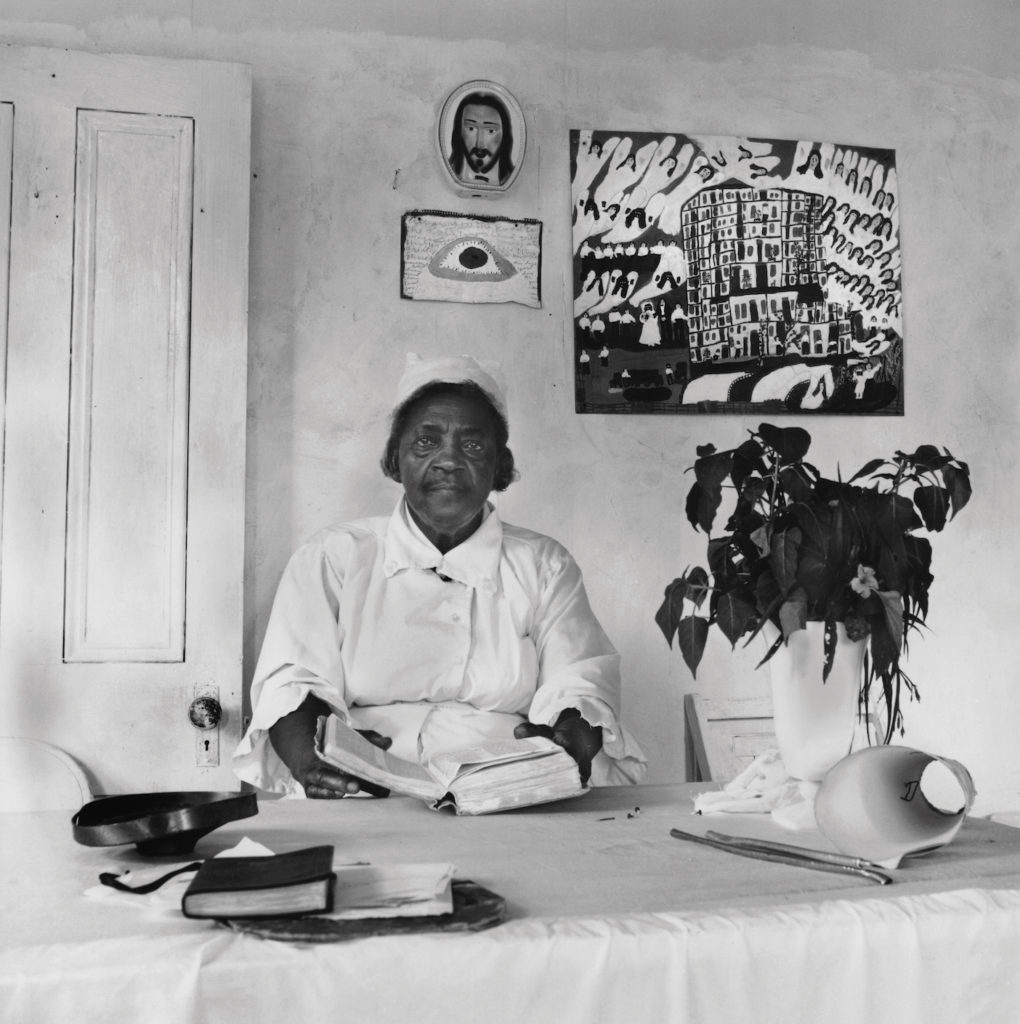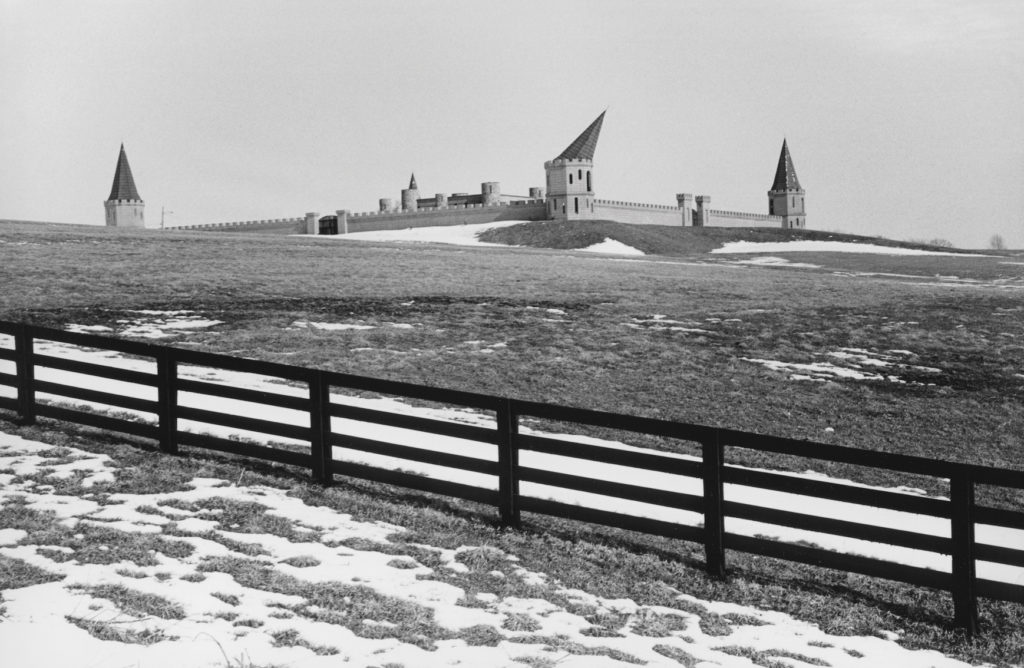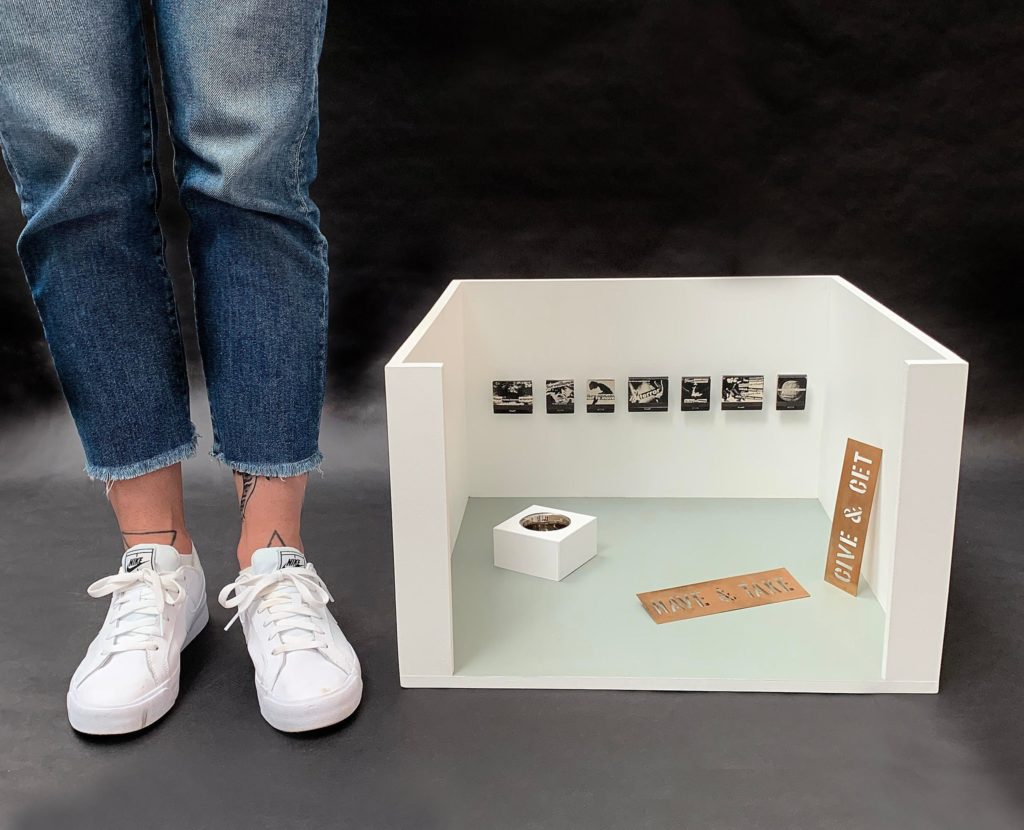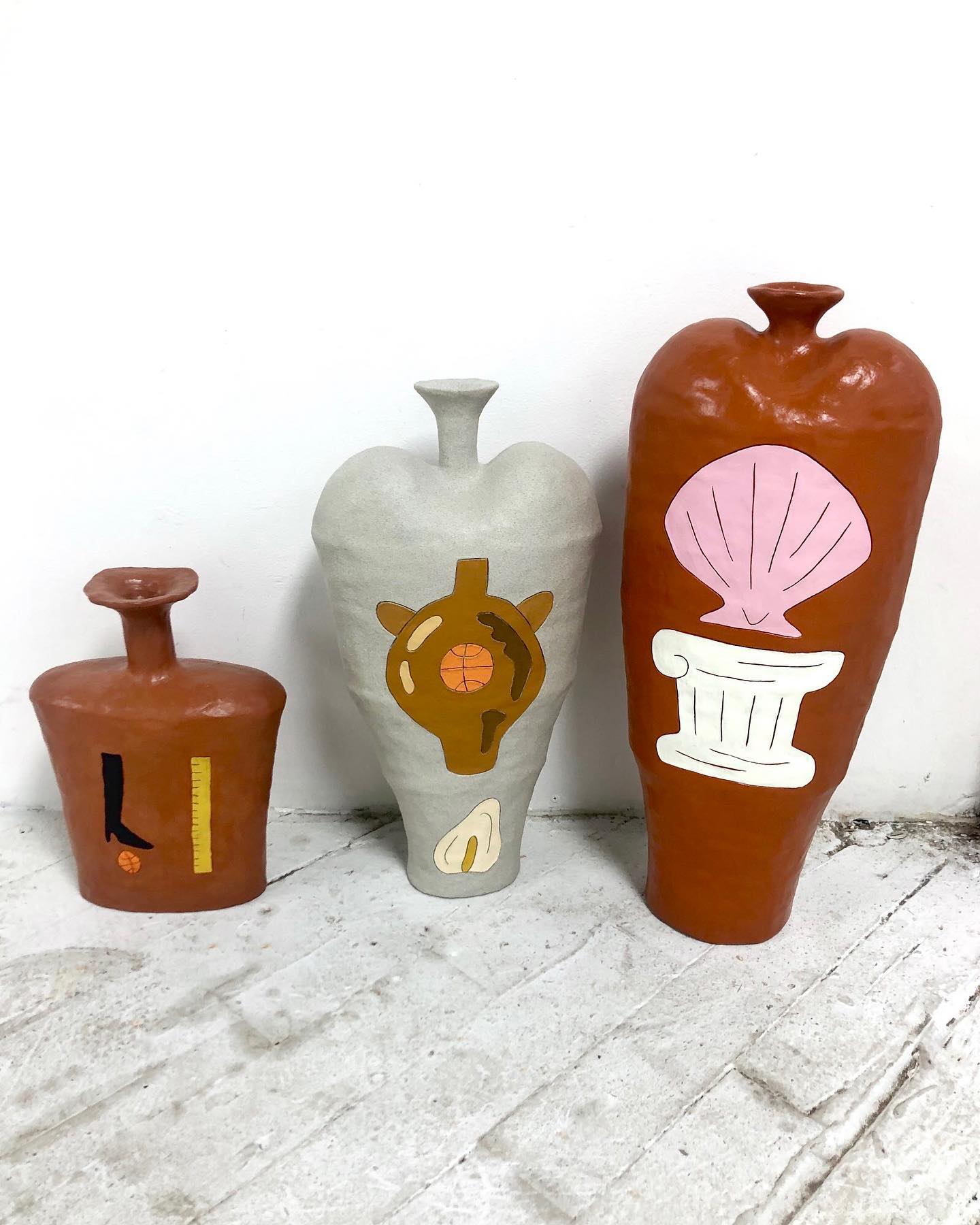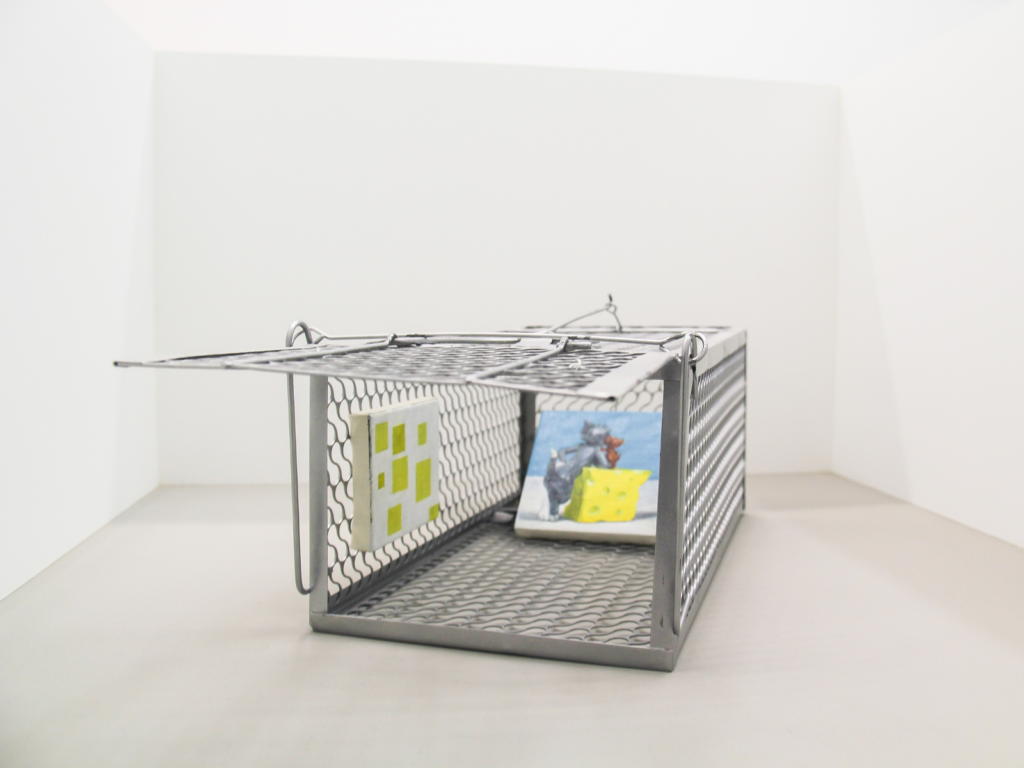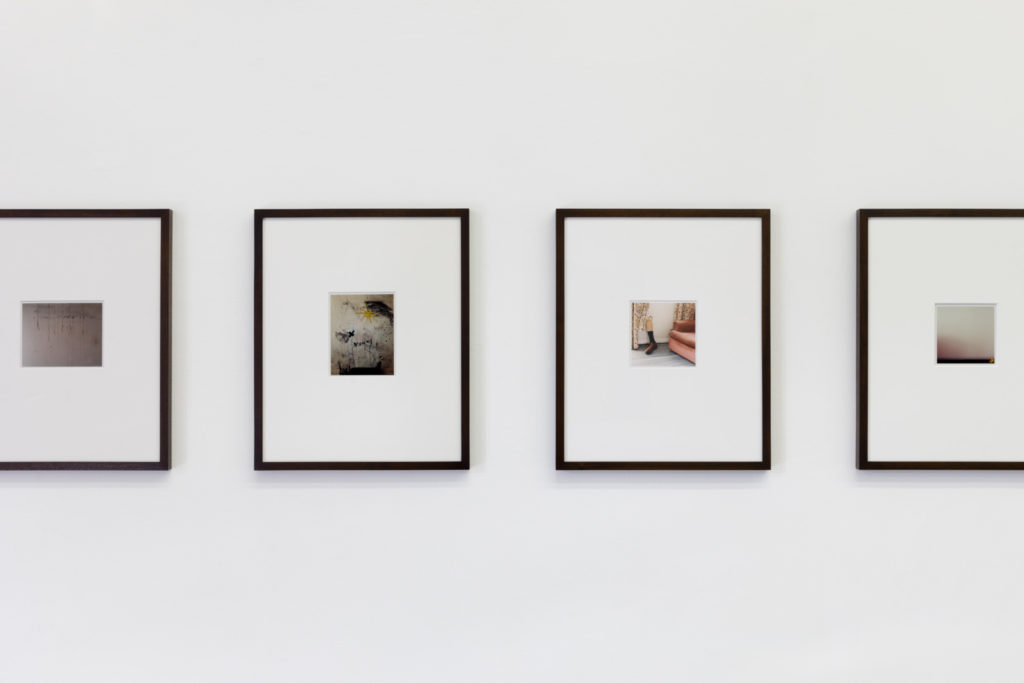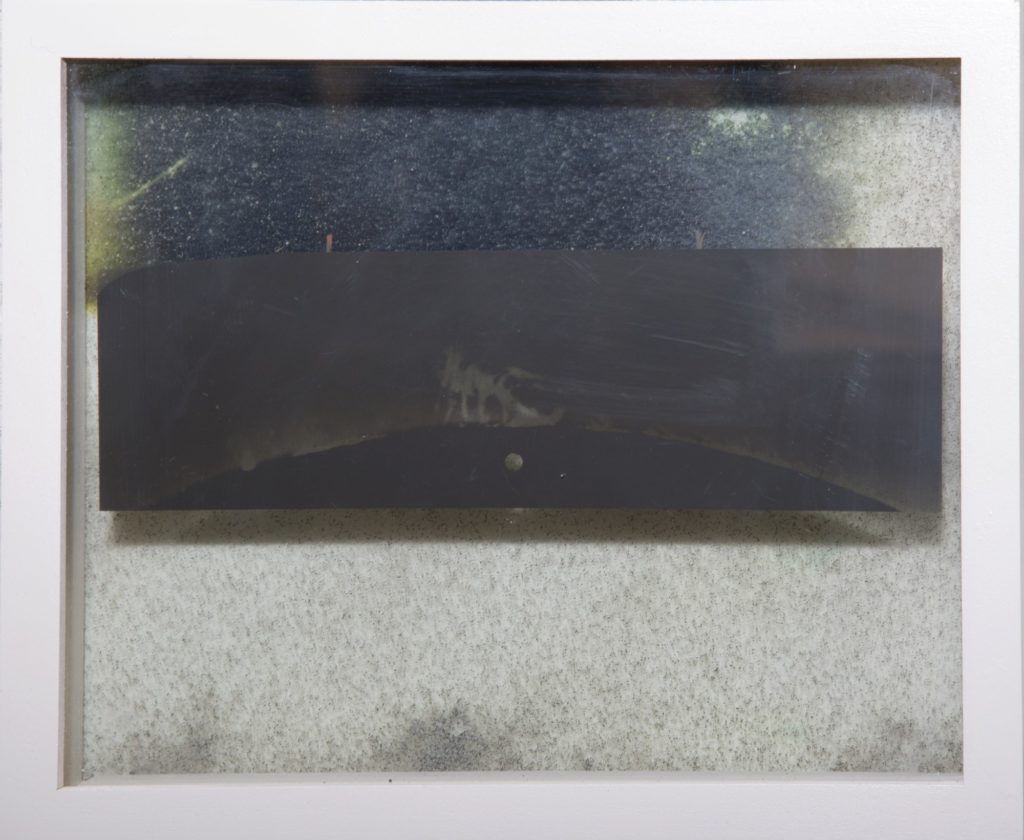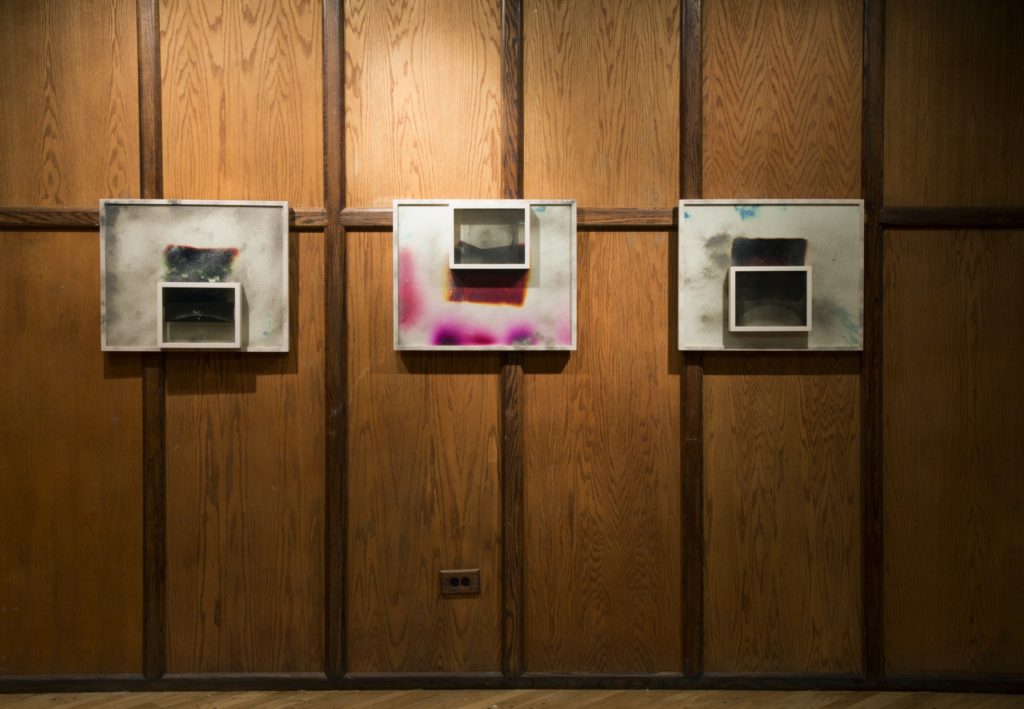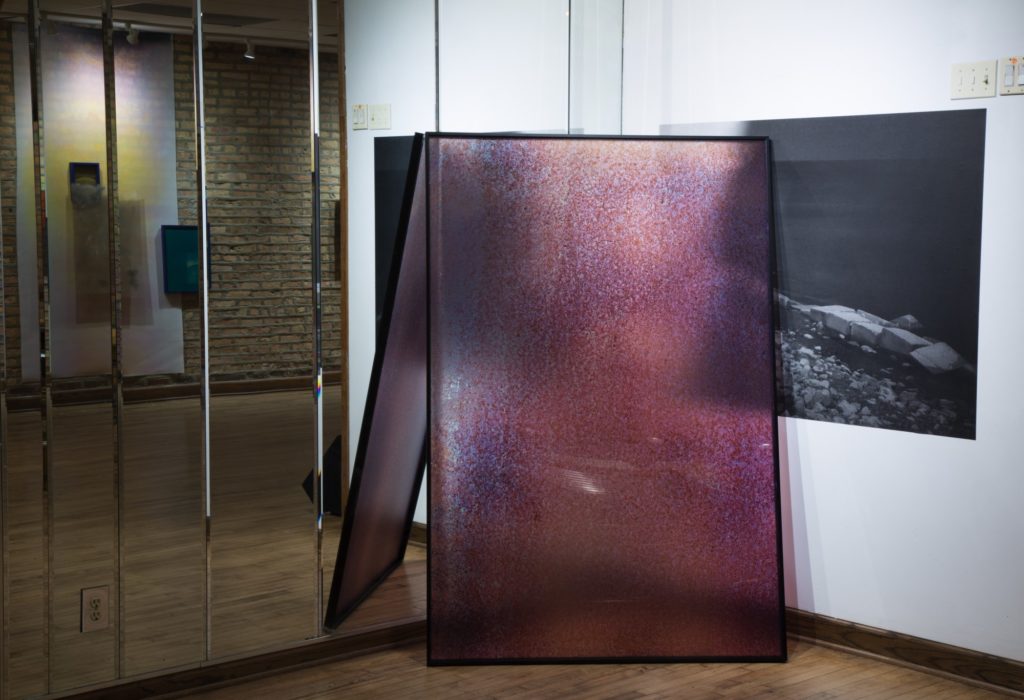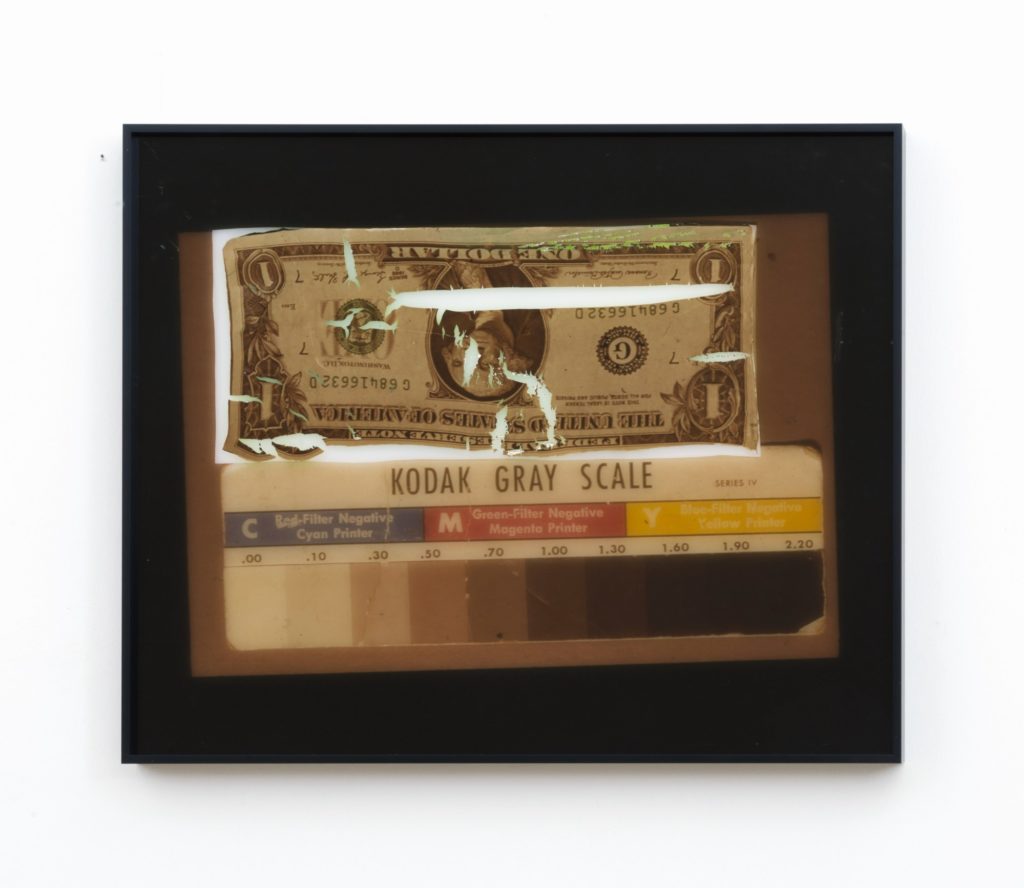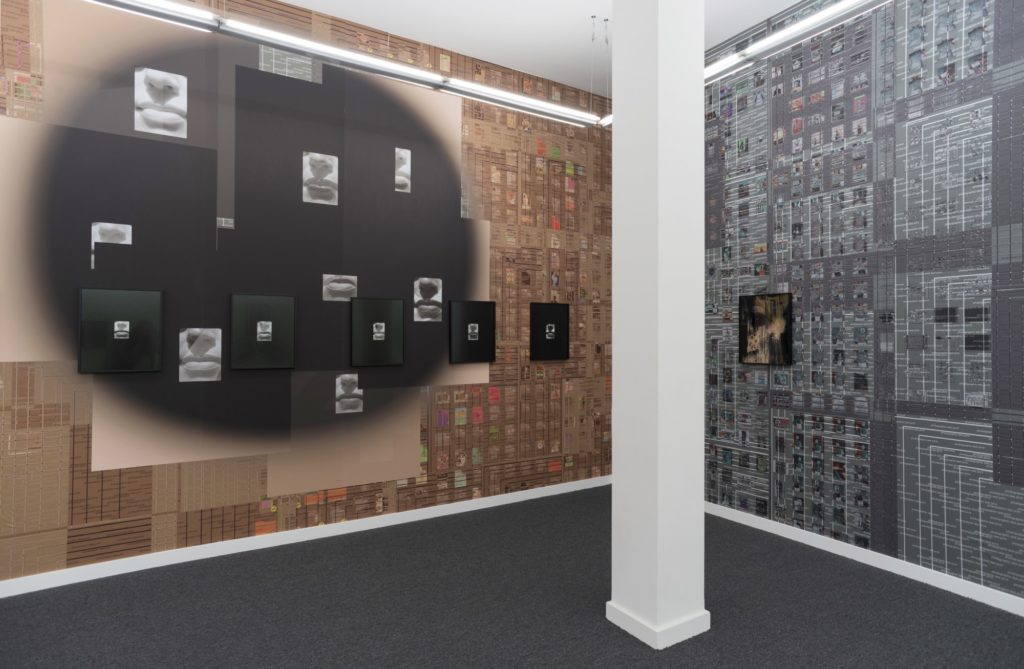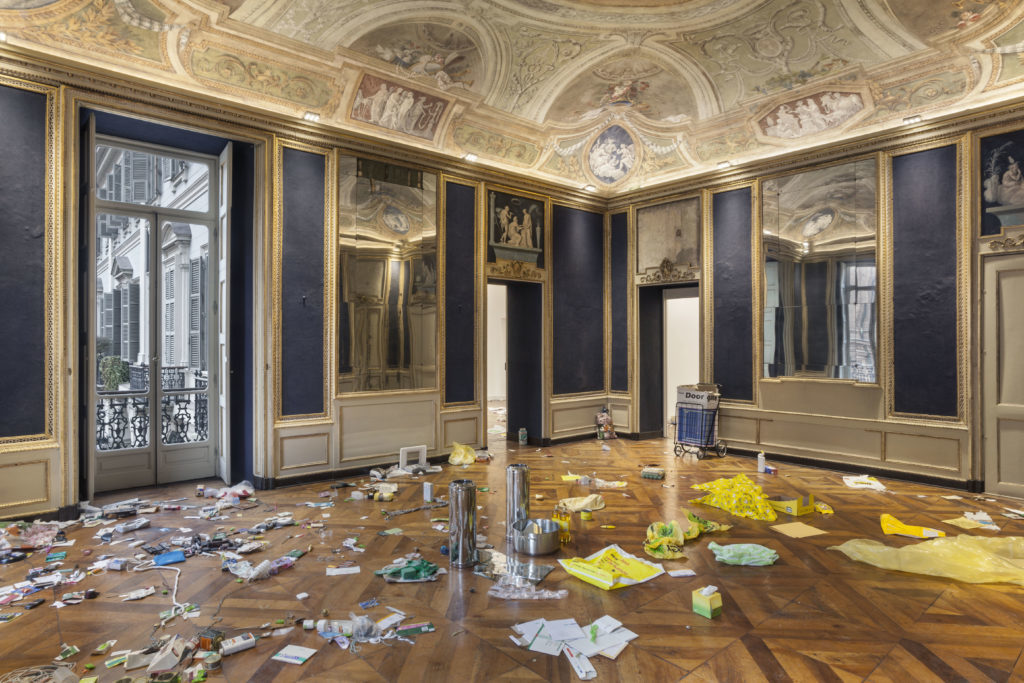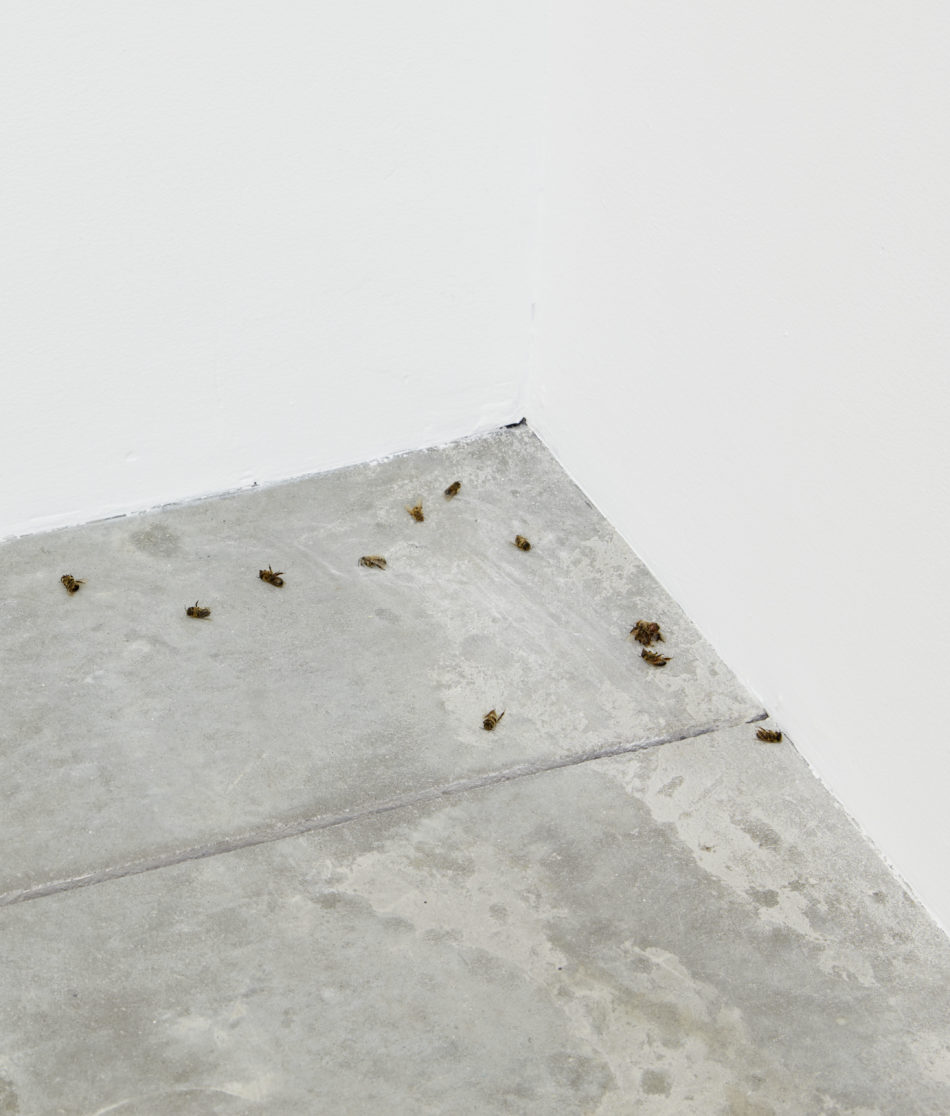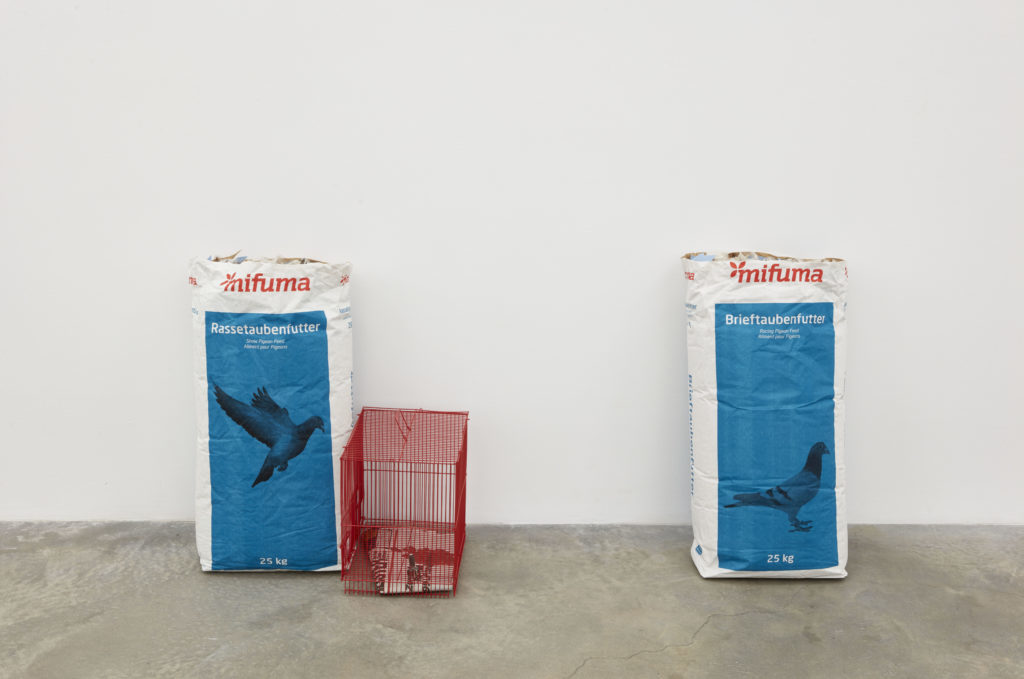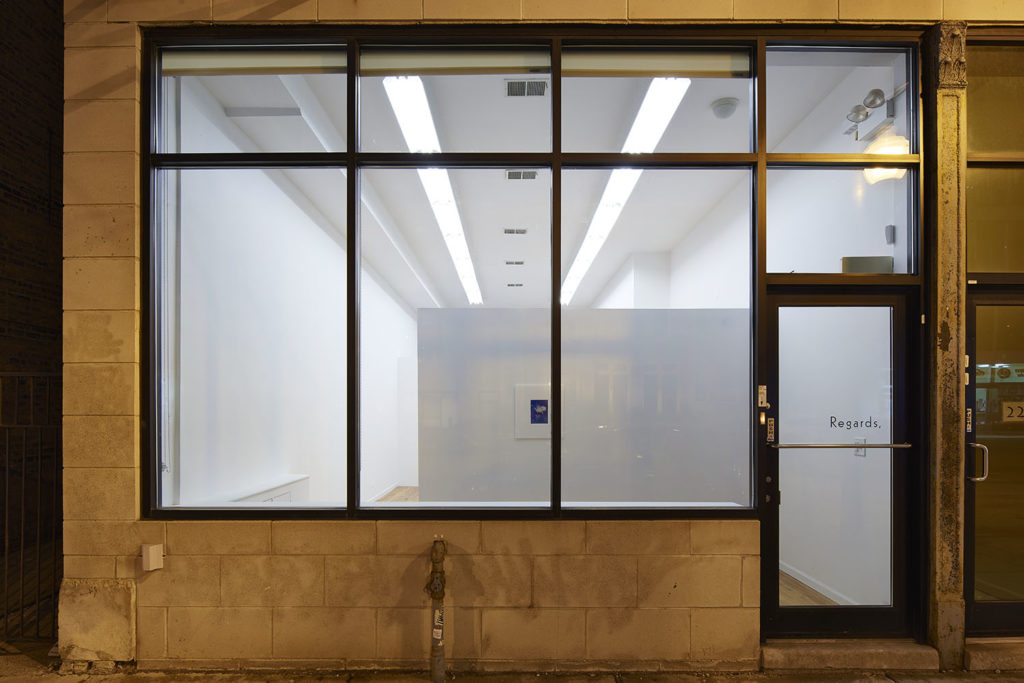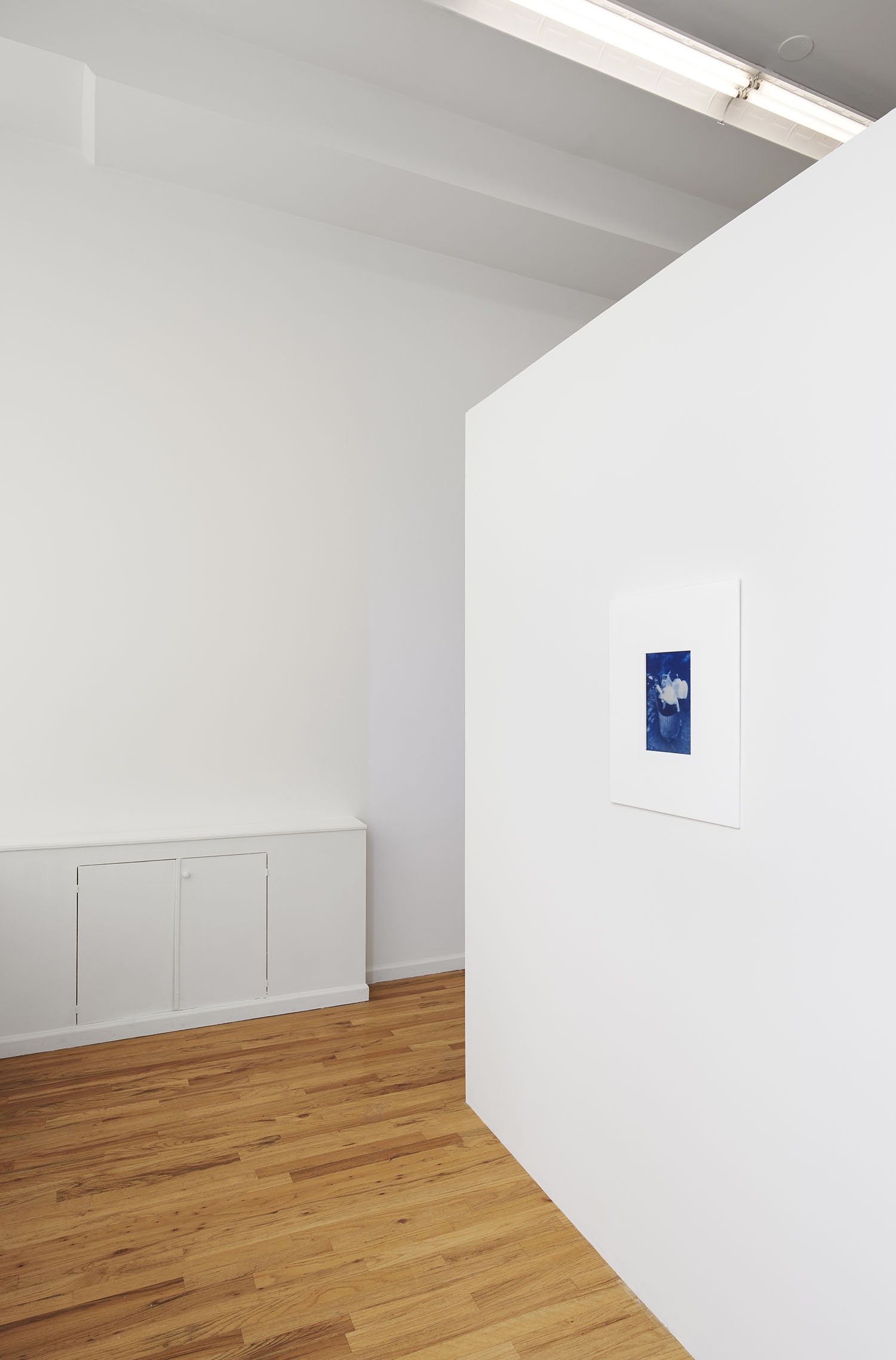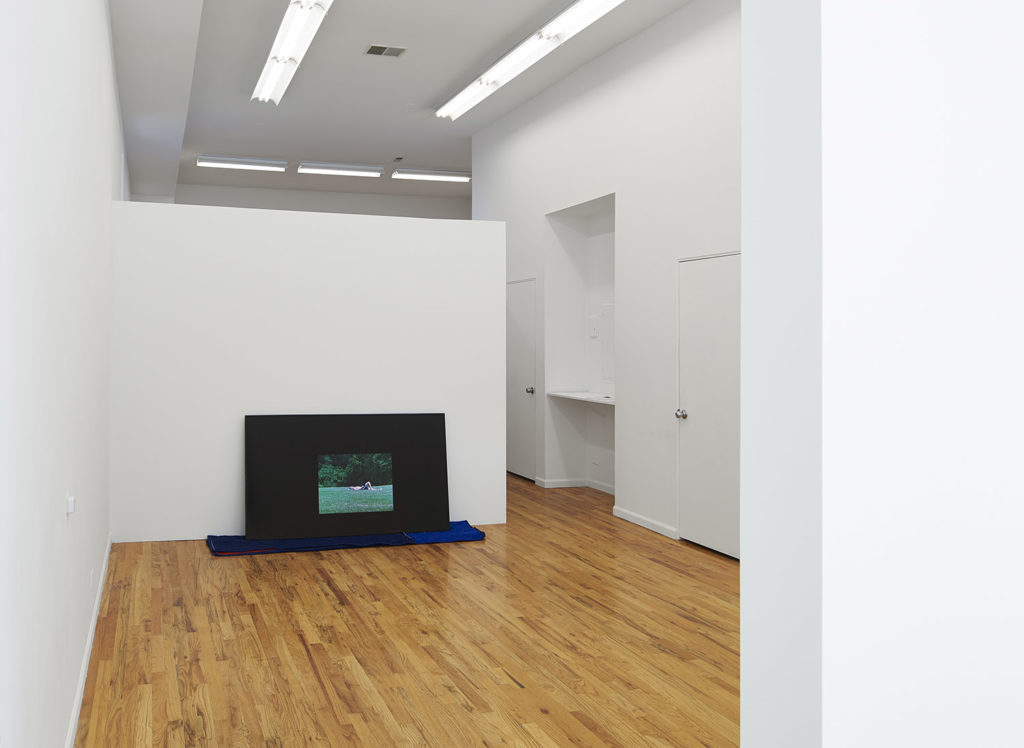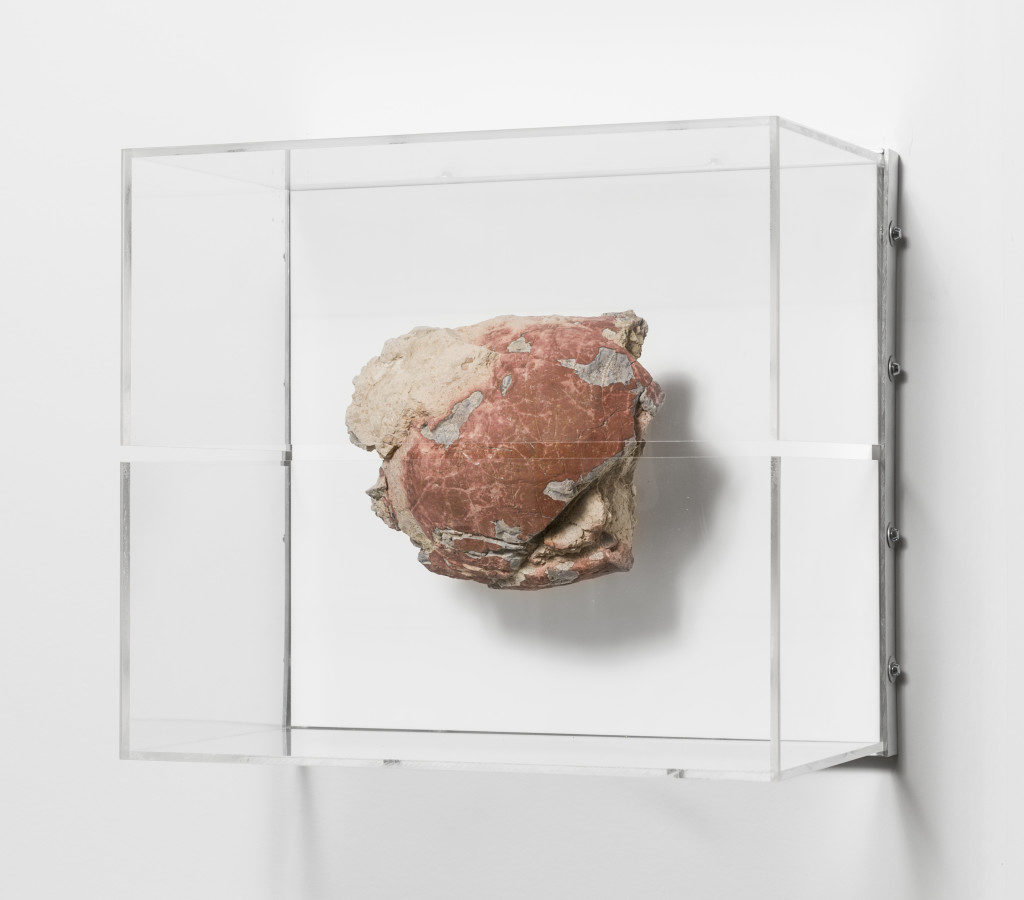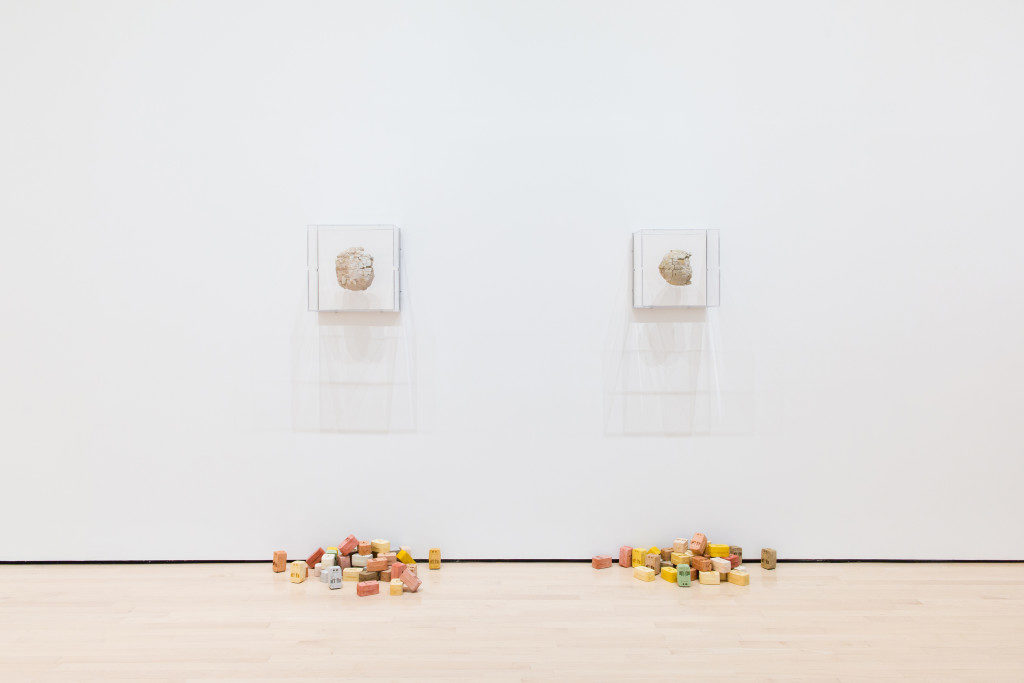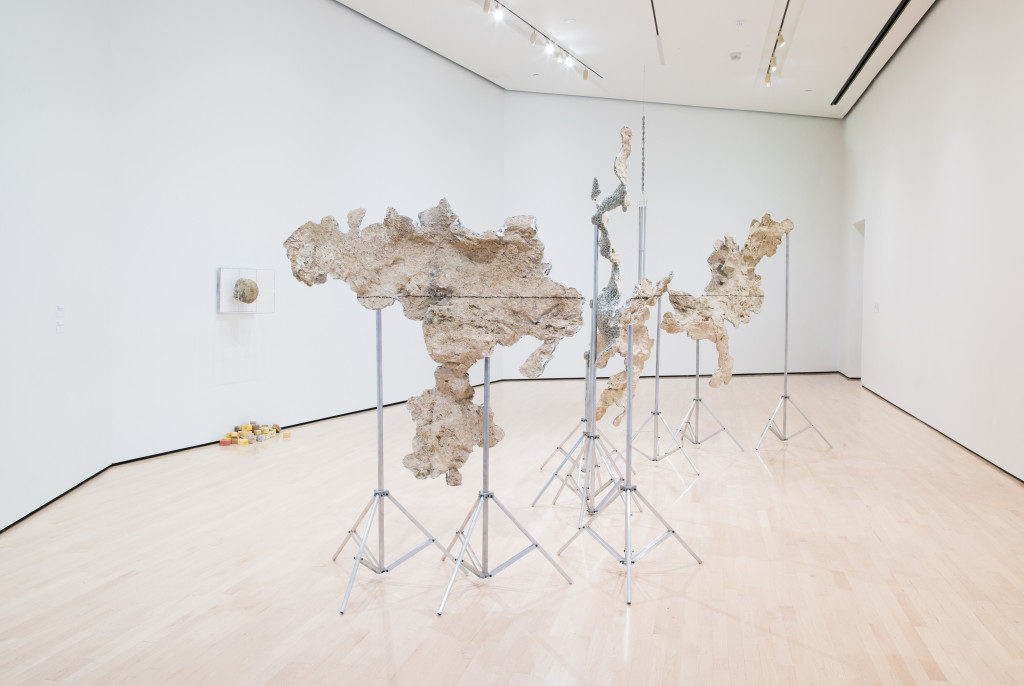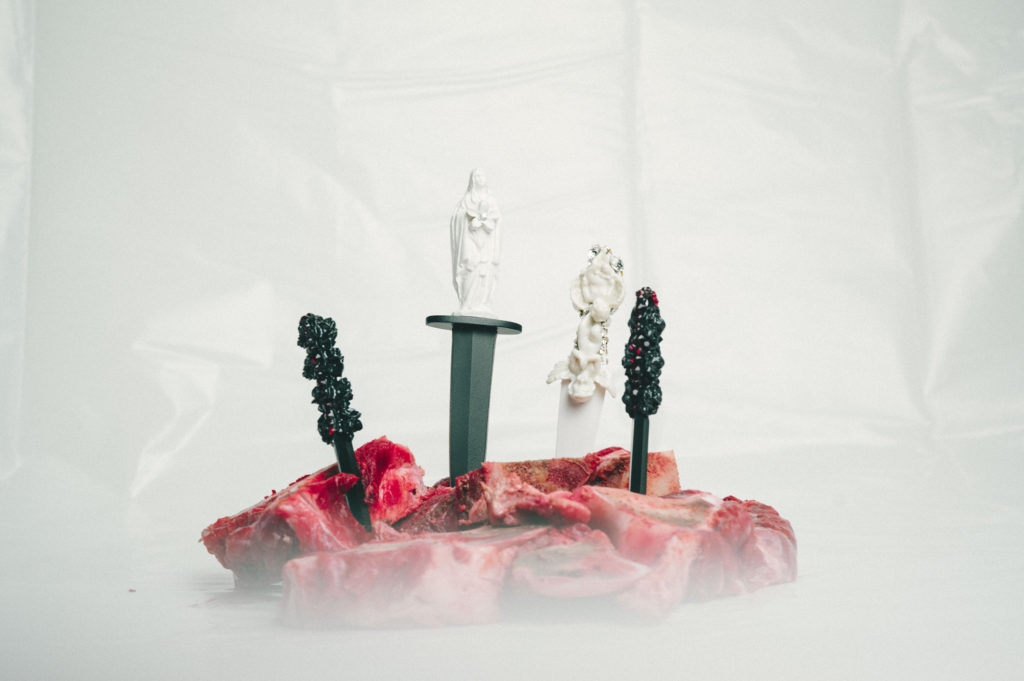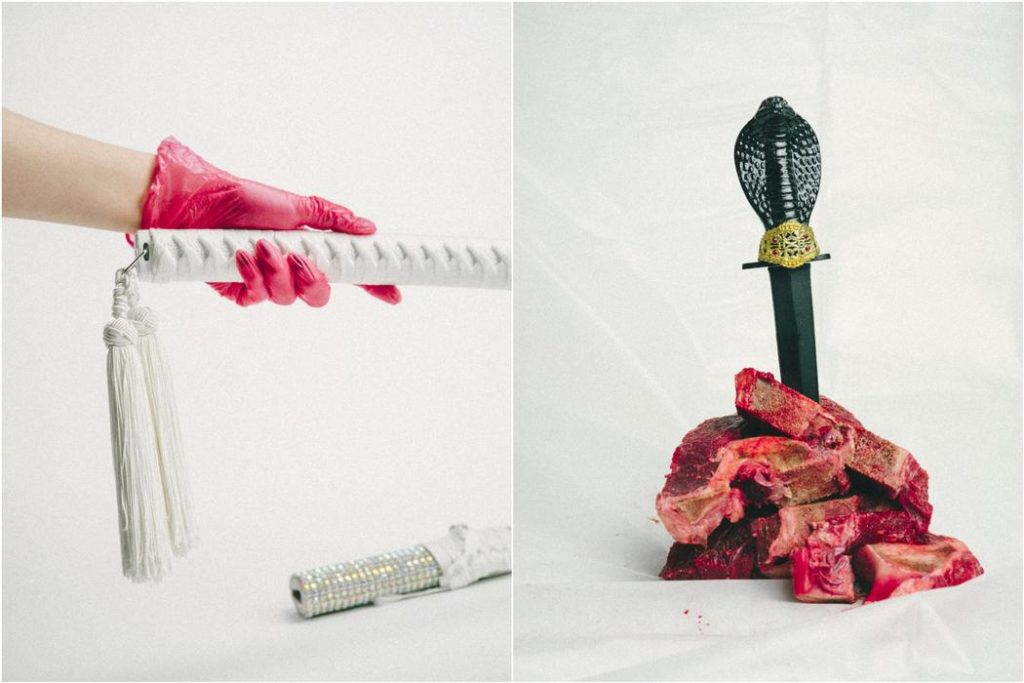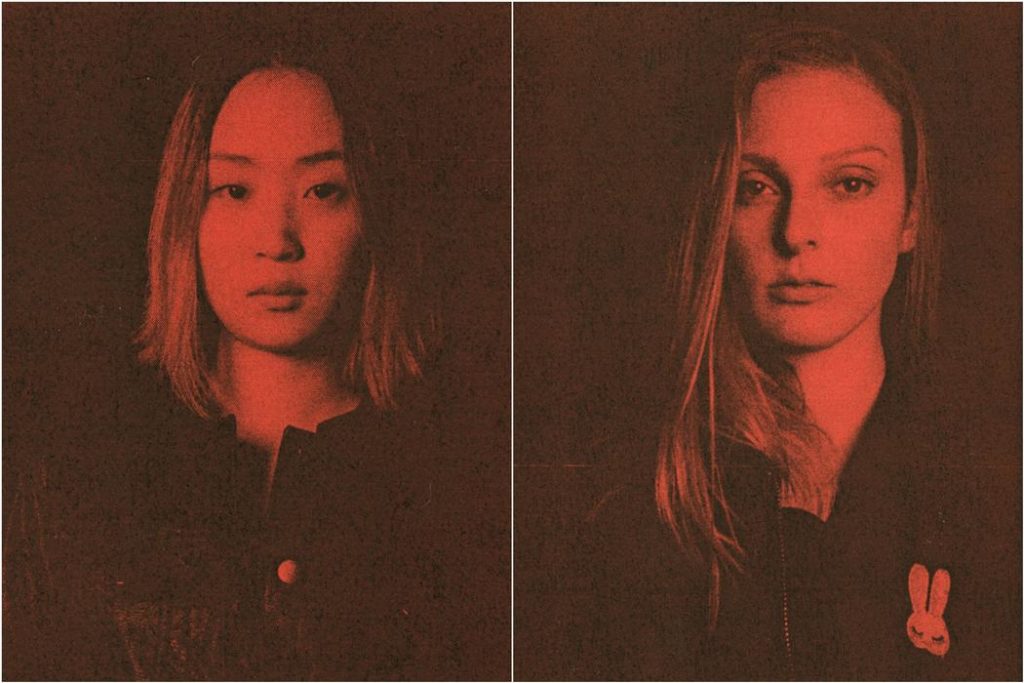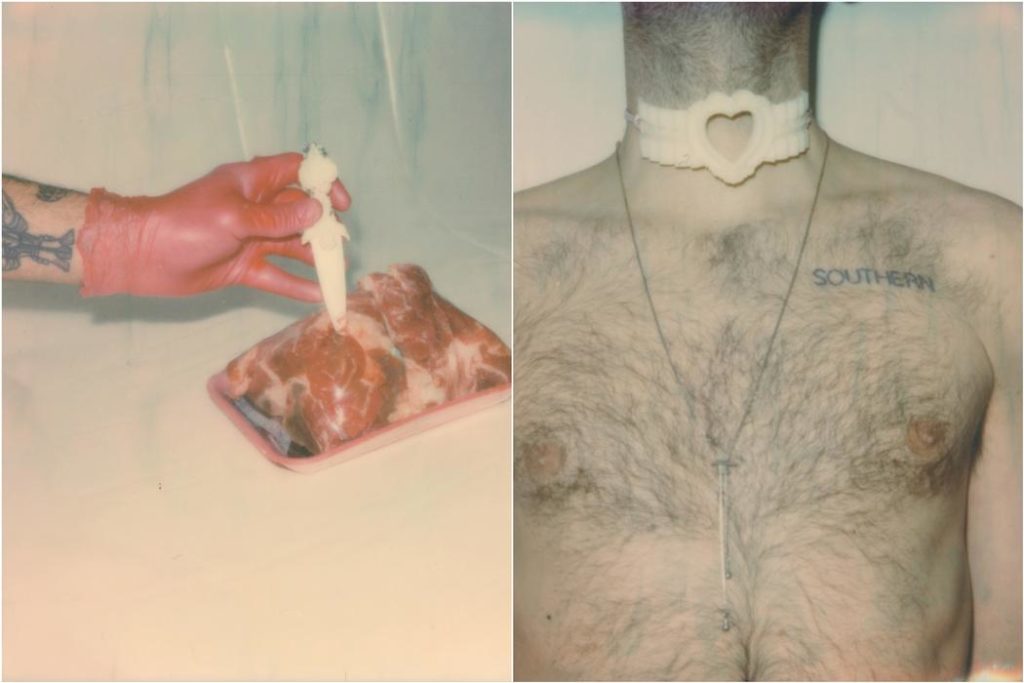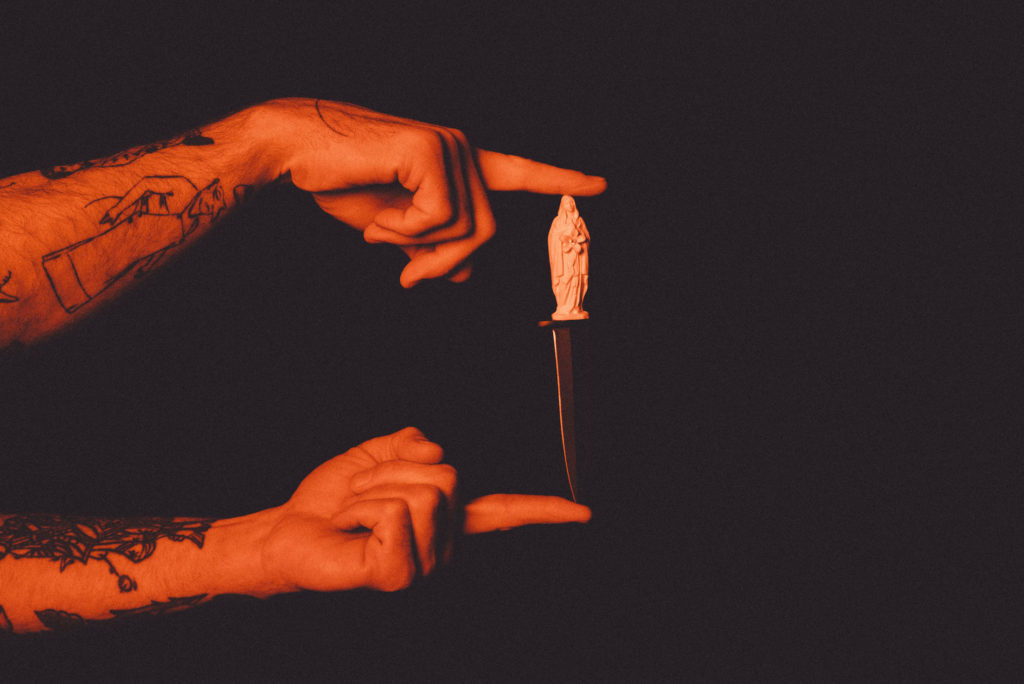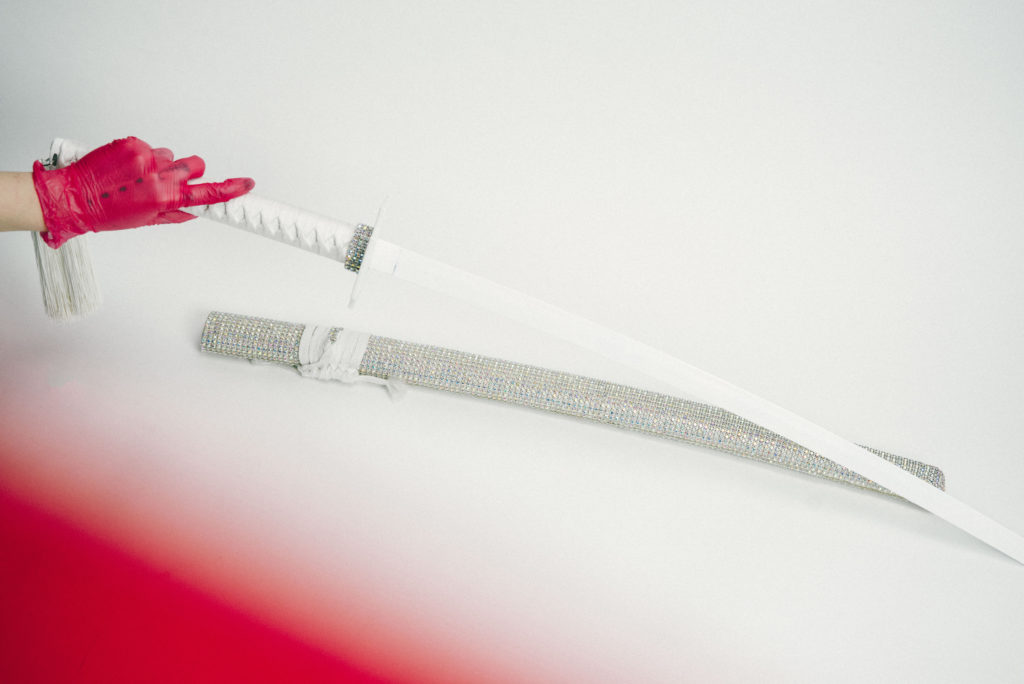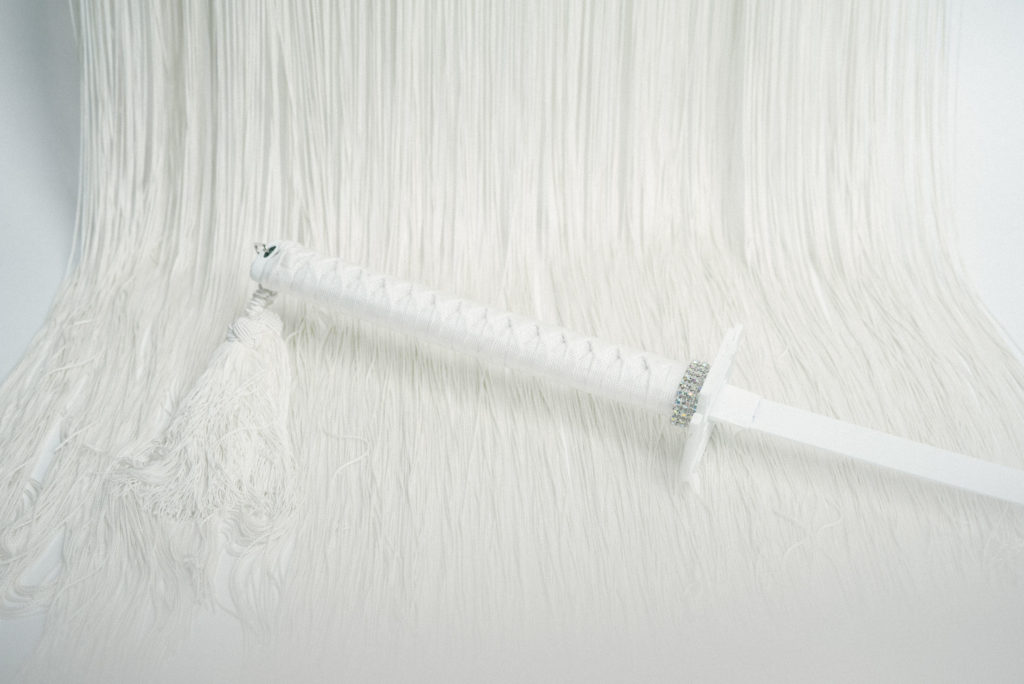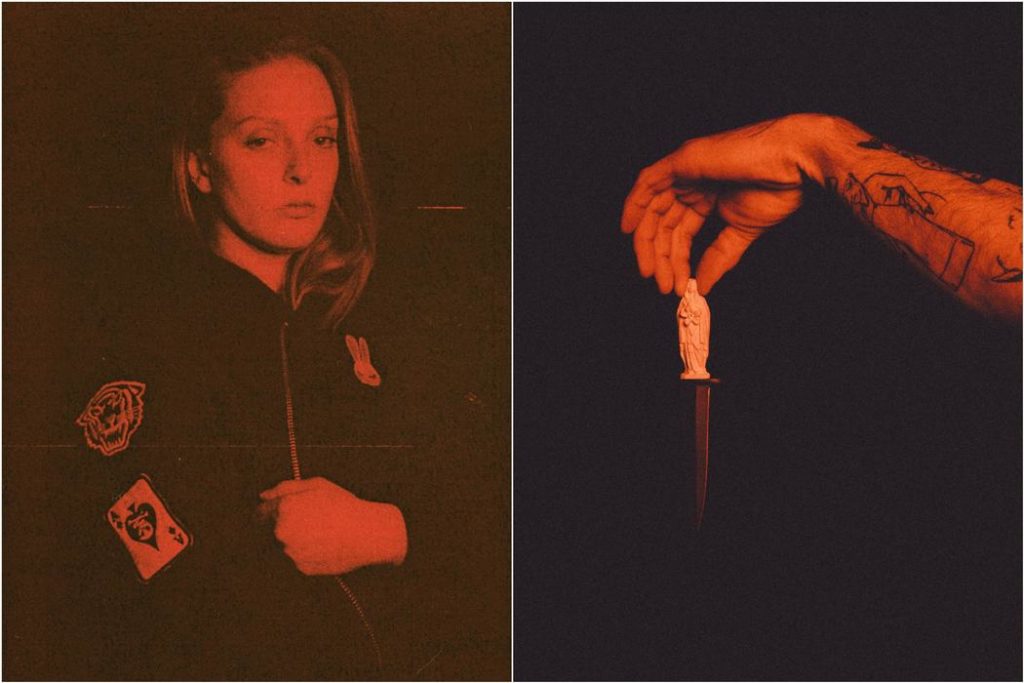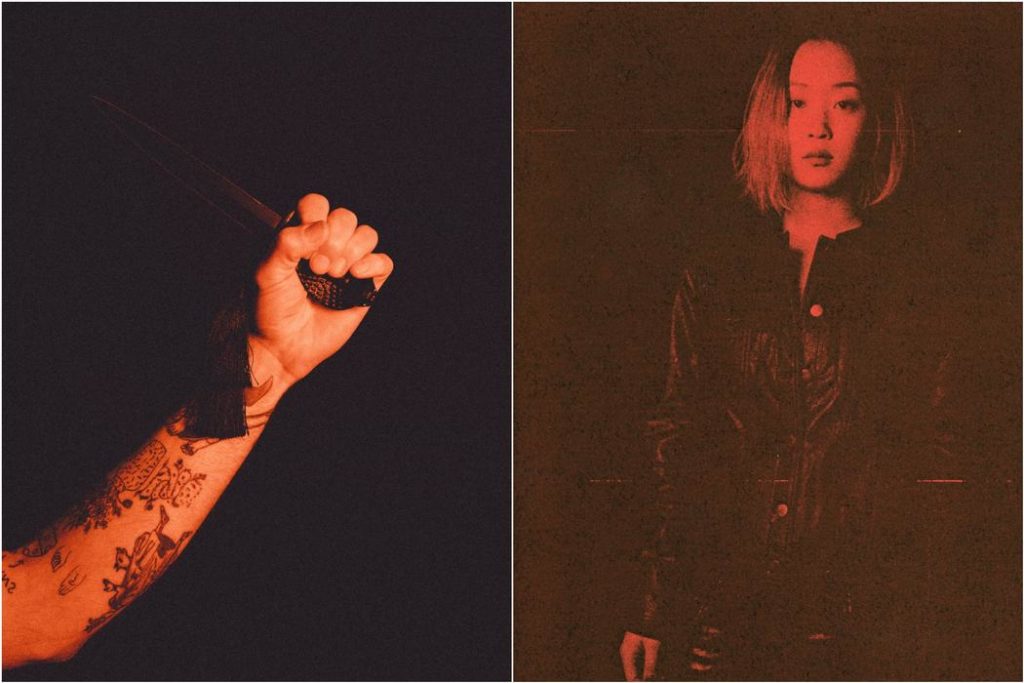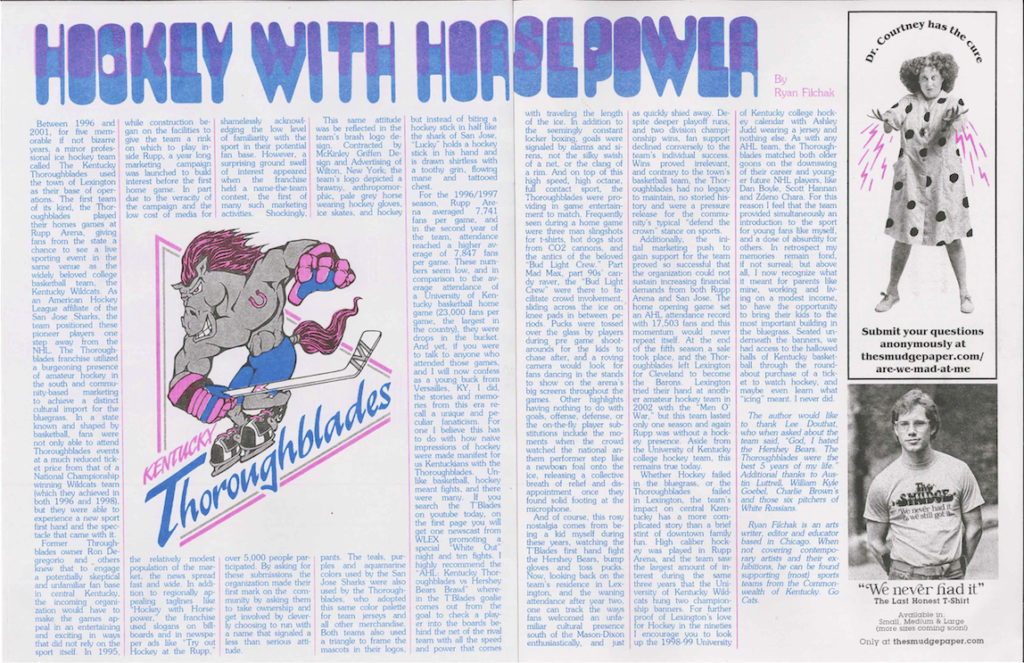In 1992, Jonathan Williams wrote the Editor’s Note of his proposed book Walks to the Paradise Garden, writing, “We’re talking about a South that is both celestial and chthonian.”1 Williams—an American poet, founder of the Jargon Society, and Black Mountain College member—wrote this statement to preface his uniquely personal documentation of over eighty artists and eccentrics from the American South. Names on this list include Thornton Dial, Lonnie Holley, Howard Finster, Martha Nelson, Sister Gertrude Morgan, and Little Enis, among others. Through poems, photographs, and prose, Williams’ travelogues described and showcased the talents of a region not dissimilar from the one we know today—a place and identity built on contradiction and societal complexities; hospitable and unwelcoming, sacred and profane.

Williams originally intended for his manuscript, along with the corresponding photographs taken by his most frequent road warriors Roger Manley and Guy Mendes, to be published at the time he wrote the aforementioned note. Though, due to a lack of interest, these attempts at publishing proved unsuccessful for Williams. Twenty years later, Mendes suggested to Institute 193 founder Phillip March Jones that they publish Walks to the Paradise Garden, or as he had suggested they call it, Way Out People Way Out There. With the help of Manley and Mendes, Jones took on the task of organizing a single cohesive volume encapsulating Williams’ now posthumous project. In 2019, Walks to the Paradise Garden was published on the occasion of a corresponding exhibition at the High Museum of Art in Atlanta titled Way Out There: The Art of Southern Backroads.
Named after Howard Finster’s Paradise Garden in Pennville, Georgia, this atypical book of art history reads like a road map of the South (Florida excluded),2 and given the delayed publishing date, as editor Jones writes, thus operates as an account “both ahead of and firmly grounded in its time.”3 Williams’ jaunty and loose voice makes no apologies for his approach to the artists he champions, and Mendes’ and Manley’s photographs capture an aesthetic of a region that is often misunderstood. “It’s a collection of outlandish findings by three Southern Persons, all white and all male. This is something we don’t really fret about, and hope you won’t either. May we please both okra-eaters and non-okra eaters alike!”4 writes Williams. Often working within the confines of poverty, racial discrimination, and cultural invalidation, Willams’ enthusiasm and commitment to profile these artists humanizes their efforts, where others faltered to acknowledge the undeniable richness of creativity residing below the Mason Dixon. Manley describes Williams as, “like having Churchill visit you, he was equally comfortable talking to royalty as he was a gravedigger.”5
Despite the lack of academicism in Williams’ prose, Walks to the Paradise Garden serves as an intellectual bridge between two museum exhibitions that both feature artists profiled in the book; the seminal Black Folk Art in America (1982) curated by Jane Livingston and Jane Beardsley at the Corcoran Gallery in Washington D.C., and the de Young Museum in San Francisco’s Revelations: Art from the African American South (2017). While Black Folk Art in America represented a moment for artists like Mose Tolliver and Sister Gertrude Morgan to have received recognition as artists in any capacity, Revelations functioned as a ground for further examination into the lives of living artists such as Lonnie Holley and Thornton Dial.
Each of these exhibitions possessed the curatorial mission to exhibit Black artists from the South—a parameter Williams had not placed on his own research—yet, all three projects highlight the presence of spirituality common amongst the work. In the exhibition catalog for Black Folk Art in America, curator Jane Livingston writes, “Virtually every artist in this exhibition claims to have been commanded by an inner voice or by God to make art. On the face of it, we discover a nearly unanimous testament to personal revelation.”6 Between Eddie Owens Martins, known as St. EOM of Pasquan, and Howard Finster, Williams profiles two additional examples of artists who prioritize the influence of religion in their practice, each in support of Livingston’s claim in their own right. Finster, a fire and brimstone Baptist from northwest Georgia, follows the voice of the Old Testament to construct the works he displays in Paradise Garden, and the other, St. EOM, follows the beliefs of a self-made denomination, and from this practice built his own artist site, the “Land of Pasquan.” Whether drawing on the imagery of Christianity, or the Post-New Age movement of Pasoquanynism, these two artists represent two sides of the same coin—where site and spirituality homogenize a Southern art vernacular.
Beyond conceptual themes, the exhibition entitled Revelations represented how current institutions have begun to expand their collections of self-taught artists. From an objective standpoint, Revelations represents the acquisition of sixty-two artworks from the William S. Arnett Collection of the Souls Grown Deep Foundation. Acts of institutional inclusion like this—such as the recent acquisition of fifty-seven works by the Metropolitan Museum of Art, also from the Souls Grown Deep foundation—has caused an increase in market value for self-taught artists on the secondary market. Adding to a litany of dualities, Walks to the Paradise Garden delves into only two examples of such financial matters that forecast today’s financial climate: one, a promising reflection on Arnett’s patronage of Southern artists, and the other a cautionary tale of exploitation and copyright infringement.
“[William S. Arnett] has firm arrangements with some twelve artists. In exchange to the right of first refusal of what they make, he pays them each $1,000 a month,” writes Williams “It sounds sensible and fair to me.”7 By this account, Arnett’s methods look progressive in comparison to current models of commercial gallery representation. Contrary to Arnett’s methods, the tale of how Cabbage Patch Doll inventor Martha Nelson had her ideas copyrighted by a man who sold her original baby doll designs named Xavier Roberts, resulting in a five-year long lawsuit, stands as proof of exploitation occurring at this same time for these Southern artists.
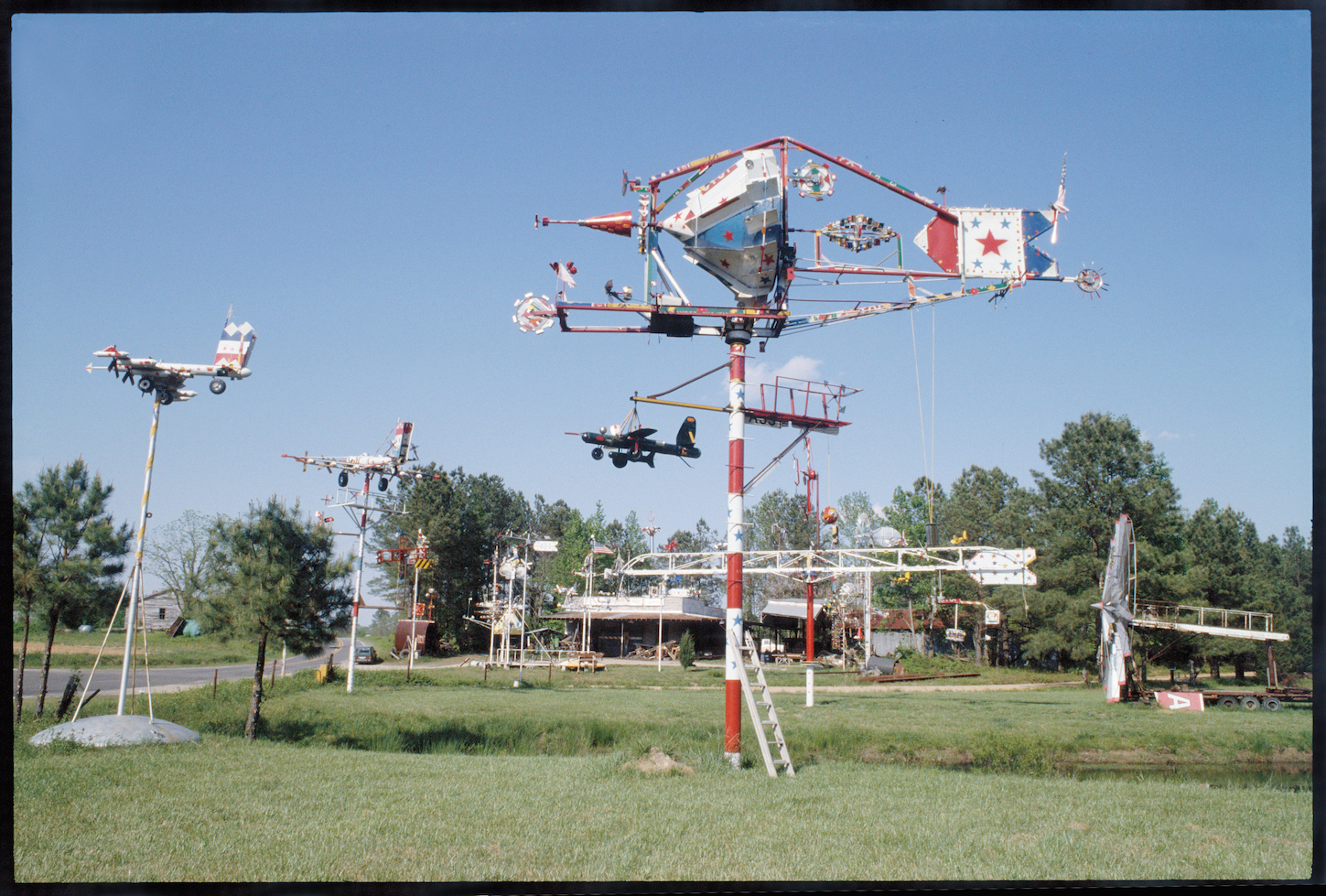
In addition to commercial value, Revelations addresses the current effort to reexamine the language surrounding the field of Southern self-taught artists, claiming the adjectives of “outsider,” “folk,” or “naive” reductive and inadequate. Williams’ own use of language further humanizes artists previously unmentioned in such a context. “Figures with a touch of Miró and Dubuffet play guitars; wagons and horses move,”8 he writes of the wind machines made by Vollis Simpson in North Carolina. Continued efforts by collections like the High Museum, publications like Raw Vision Magazine, and non-profit spaces like Intuit: The Center for Intuitive and Outsider Art in Chicago, have all admirably exhibited work from the American South for decades now, contributing to the discussion of potential classification. Furthermore, the willingness of institutions like the de Young Museum to contextualize the origins of this visionary work in terms of both American and global art history in a museum setting, further validates Williams grand gestures of inclusion.
In discussing the subject of this paradigm shift, Editor Jones notes, “I think the increased art world attention around the work and lives of self-taught artists represents an acknowledgment that creativity, ambition, and even genius, can reside with individuals who are not formally integrated into the financial and educational systems of the world. I have always been perplexed by the barriers to entry but am glad to see them being somewhat relaxed.”
Walks to the Paradise Garden, now in its second printing, stands tall as testament to the diversity and importance of artistic achievements made by men and women of color, and as well as by artists working with mental and physical disabilities. Their shared lack of resources, regional disparities, and societal marginalization are not positioned as a hindrance to their creative output, but instead point to the systematic failings of an art economy that accounts for such delayed recognition. Williams’ manuscript, now exhumed, provides a welcome catalyst for the reexamination of the discourse surrounding self taught artists, both in relation to the major museum efforts for inclusion and the shifting language used to place this work within a larger canon of art history.
Way Out There: The Art of the Southern Backroad at the High Museum of Art in Atlanta ran from March 2–May 19, 2019.
Revelations: Art from the African American South at the de Young Museum in San Francisco ran from June 3, 2017– April 1, 2018.
Walks to the Paradise Garden, by Jonathan Williams, Roger Manley, and Guy Mendes, was published by Institute 193 in 2019.
